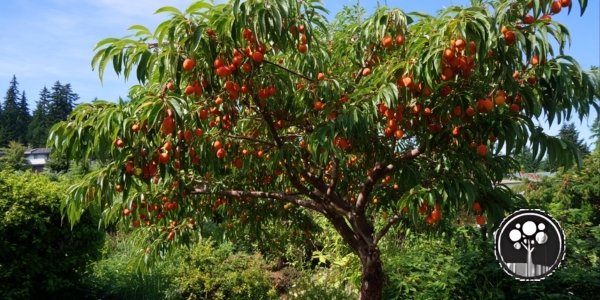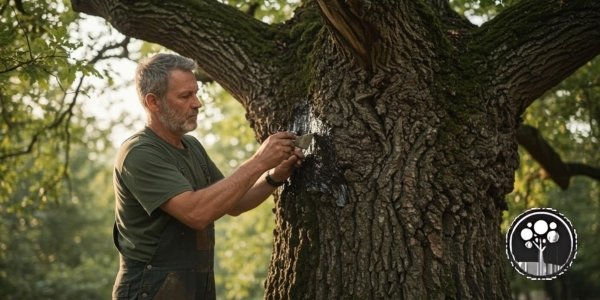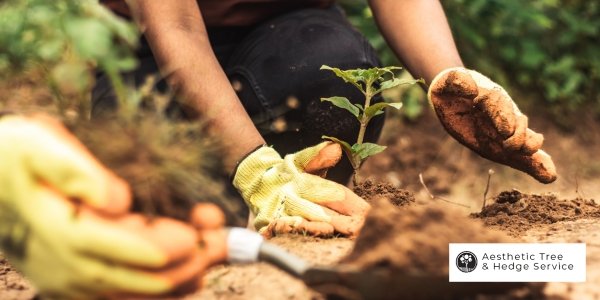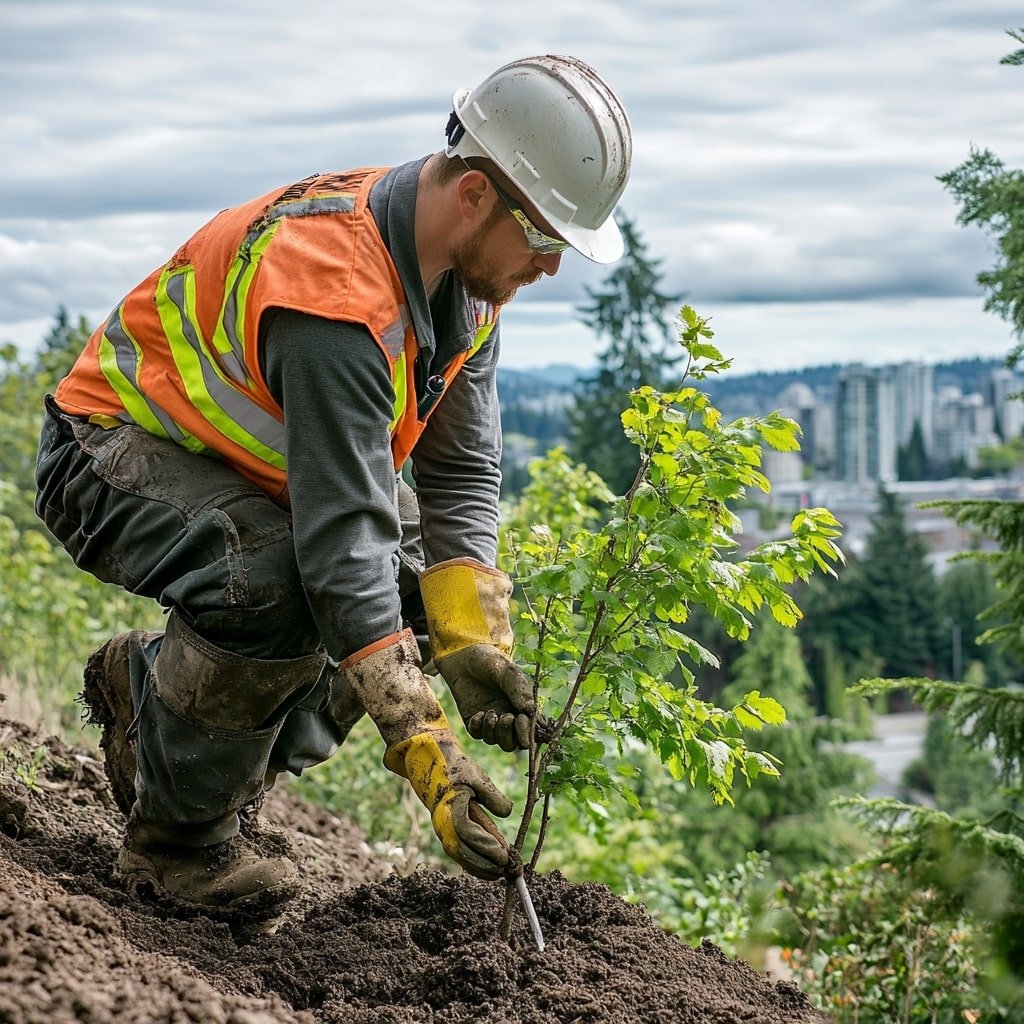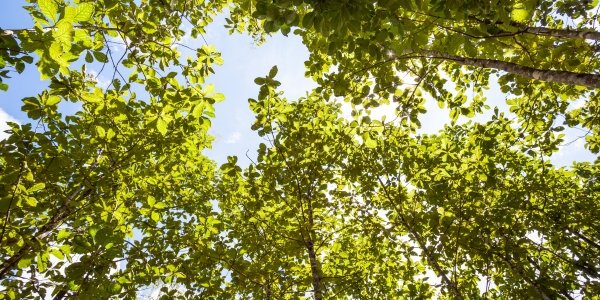Trees are indispensable to our environment, serving as key components of ecosystems that support wildlife. They provide habitats, food, and protection for a wide range of species, making them vital for maintaining biodiversity. However, ensuring trees remain healthy and capable of supporting wildlife requires proper care and management. This blog delves into the significance of tree care for wildlife, the benefits trees offer, and best practices for maintaining healthy trees that bolster biodiversity.
The Role of Trees in Wildlife Habitats
Benefits of Trees for Wildlife
1. Habitat Creation
One of the most important roles trees play in wildlife preservation is habitat creation. Trees provide essential shelter, nesting sites, and protection from predators and harsh environmental conditions. A well-maintained tree can support a diverse array of wildlife, including:
- Birds: Many species of birds, such as woodpeckers and owls, rely on tree cavities for nesting and shelter. Branches also serve as perches and nesting platforms.
- Mammals: Small mammals like squirrels, raccoons, and bats use tree hollows and thick canopies for refuge. Some, like bats, rely on tree bark for roosting.
- Insects: Trees are home to numerous insect species that play crucial roles in ecosystems. Beetles, ants, and pollinators such as bees thrive in trees, contributing to both tree health and the broader environment.
2. Food Sources
Trees are essential food sources for many wildlife species. Different parts of trees—fruits, nuts, leaves, and bark—provide sustenance to a wide range of animals, including:
- Fruits and Nuts: Species such as deer, squirrels, and various birds feed on the fruits and nuts produced by trees. Oak trees, for instance, provide acorns that are a staple food for many animals.
- Leaves: Herbivorous insects like caterpillars consume tree leaves, which are critical for their growth and reproduction. Larger animals, such as deer, also feed on leaves.
- Bark: Animals like porcupines and beavers depend on the bark of trees as a food source, particularly in winter when other resources are scarce.
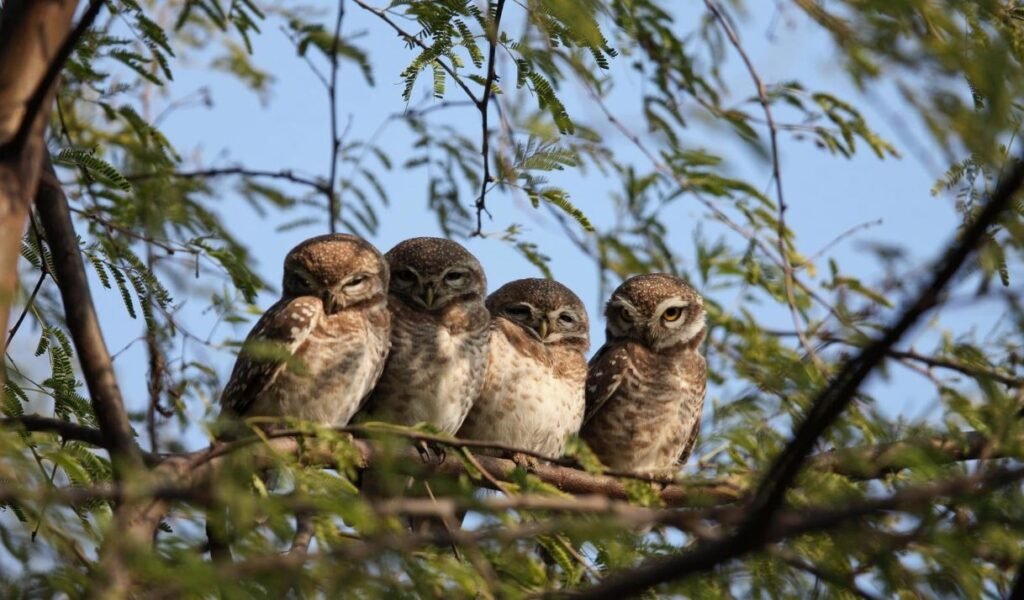
The Role of Proper Tree Care
Proper tree care ensures the health of trees, which in turn, supports the animals and plants that depend on them. Without adequate care, trees can become diseased, structurally unstable, or die, leading to the loss of valuable habitats. Several tree care practices can enhance tree health and create thriving environments for wildlife.
1. Promoting Biodiversity
Healthy trees contribute to a thriving and diverse ecosystem. When trees are well-cared-for through pruning, mulching, and disease management, they support a wider variety of species. Biodiversity is critical for ecosystem balance, as each species plays a unique role in the food chain. Diverse habitats are more resilient and can better withstand changes in the environment, such as shifts in climate or the introduction of invasive species.
2. Waterway Protection
Trees play a significant role in protecting waterways by preventing soil erosion and filtering pollutants. Their root systems stabilize the soil and reduce the runoff of harmful chemicals into rivers and streams. This is particularly beneficial for aquatic wildlife, as clean water is essential for species such as fish, amphibians, and aquatic plants. Healthy trees can create natural buffer zones that improve water quality and maintain aquatic habitats.
3. Climate Regulation
In addition to their direct benefits for wildlife, trees help regulate the climate by absorbing carbon dioxide and releasing oxygen. This process mitigates the effects of climate change, creating a more stable environment for wildlife. By improving air quality and stabilizing temperatures, healthy trees contribute to habitats that can sustain diverse species year-round.
Best Practices for Proper Tree Care

1. Proper Planting Techniques
Planting trees correctly is the first step to ensuring their long-term health. Follow these guidelines for successful tree planting:
- Dig a square hole: The hole should be three times wider than the root ball to allow for proper root expansion.
- Avoid planting too deep: This prevents root suffocation and ensures that the tree’s roots can access sufficient oxygen.
- Water adequately: Water newly planted trees deeply to help them establish, but avoid overwatering, which can lead to root rot.
2. Regular Maintenance
Once trees are planted, routine maintenance is essential to keep them healthy and able to support wildlife. Here are a few key maintenance practices:
- Monitor moisture levels: Trees require consistent moisture, but overwatering can lead to fungal growth and decay. Mulching helps retain moisture while protecting the root zone.
- Inspect for pests and diseases: Regular inspections can catch problems early. If signs of pests or disease appear, consider seeking professional help to manage infestations.
- Prune regularly: Removing dead or damaged branches encourages healthy growth and prevents potential hazards. Proper pruning techniques also help maintain the tree’s shape and structural integrity.
3. Creating Wildlife-Friendly Spaces
Beyond tree care, landowners can make conscious efforts to create spaces that support local wildlife. Here are a few ideas:
- Plant native species: Native trees are more likely to thrive and provide the right habitat for local wildlife.
- Leave dead wood: Dead wood or fallen branches are important for insects and birds, providing food and shelter.
- Create brush piles or leave leaf litter: This offers additional shelter for small animals like insects, amphibians, and ground-dwelling mammals.
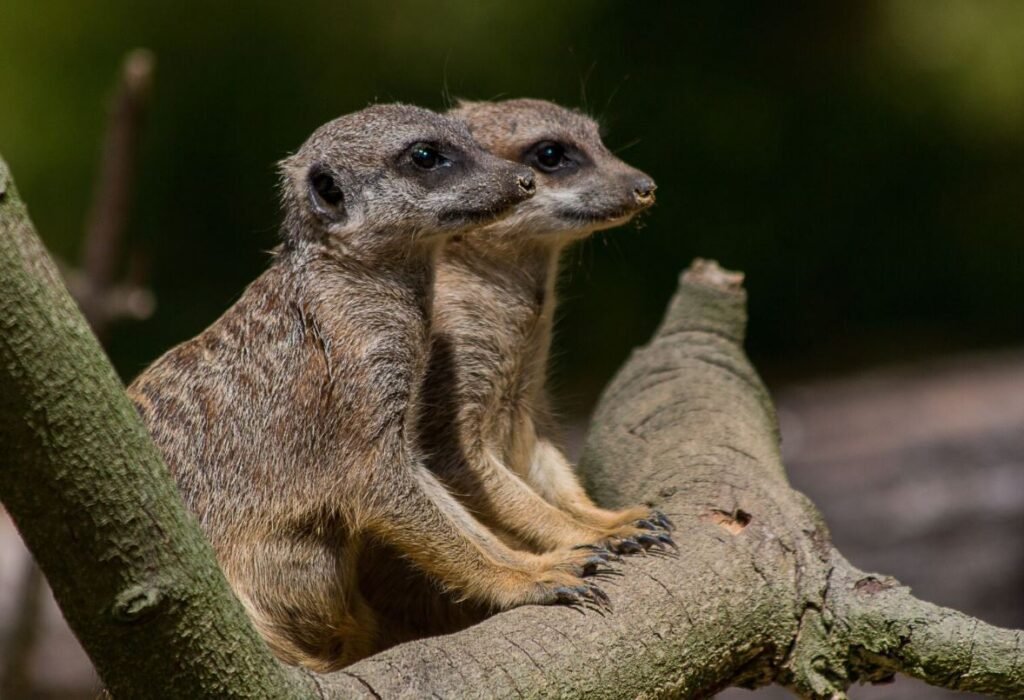
When to Call a Professional for Help
Caring for trees is an investment in both your landscape and local wildlife, but not every tree care task can be handled alone. It’s important to call a professional arborist if:
- A tree shows signs of disease: If you notice discolored leaves, dead branches, or fungal growth, a professional can diagnose and treat the issue before it becomes a serious problem.
- The tree poses a safety risk: Trees that are leaning, have large dead branches, or have sustained storm damage may be dangerous to handle without professional expertise.
- Specialized tree care is needed: Tasks like tree removal, deep root fertilization, or advanced pruning techniques are best left to experienced professionals who have the right tools and knowledge.
Proper tree care goes beyond aesthetics—it plays a crucial role in supporting wildlife and enhancing biodiversity. Trees serve as habitats, food sources, and protectors of local ecosystems, and their health directly impacts the species that rely on them. By following best practices for tree care and calling in experts when needed, landowners can create and maintain vibrant natural spaces where wildlife can thrive.
Taking steps today to care for your trees is an investment in the future health of your local environment and the diverse species that call it home.
